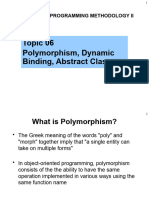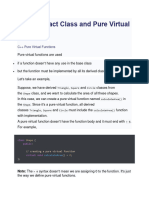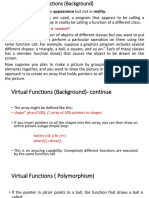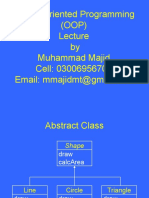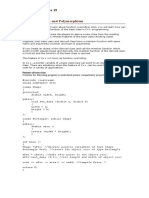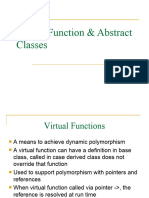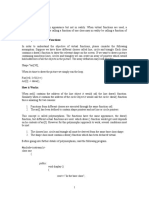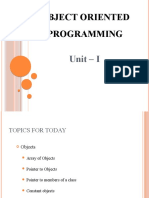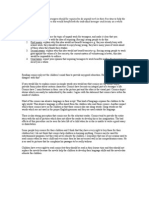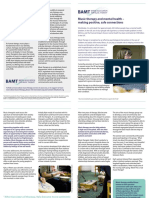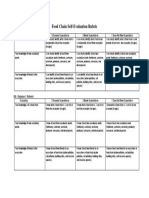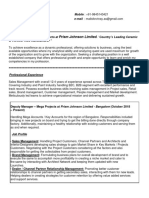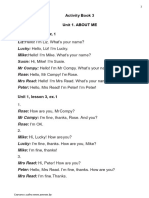0% found this document useful (0 votes)
145 views16 pagesC++ Virtual Functions Guide
Virtual functions allow polymorphism by using dynamic binding at runtime. Abstract classes contain pure virtual functions with no implementation, requiring subclasses to implement them. This lecture discusses virtual functions, pure virtual functions, and abstract classes, providing examples of defining abstract base classes and subclasses that implement pure virtual functions from the base classes.
Uploaded by
mynavathirCopyright
© © All Rights Reserved
We take content rights seriously. If you suspect this is your content, claim it here.
Available Formats
Download as PPT, PDF, TXT or read online on Scribd
0% found this document useful (0 votes)
145 views16 pagesC++ Virtual Functions Guide
Virtual functions allow polymorphism by using dynamic binding at runtime. Abstract classes contain pure virtual functions with no implementation, requiring subclasses to implement them. This lecture discusses virtual functions, pure virtual functions, and abstract classes, providing examples of defining abstract base classes and subclasses that implement pure virtual functions from the base classes.
Uploaded by
mynavathirCopyright
© © All Rights Reserved
We take content rights seriously. If you suspect this is your content, claim it here.
Available Formats
Download as PPT, PDF, TXT or read online on Scribd
/ 16





